Scientists believe moon caves, like lava tubes, could be perfect shelters for astronauts. These natural formations can protect from extreme temperatures and harmful radiation.
These caves, formed by ancient volcanic activity, are strong and stable, making them ideal for future moon bases.
Discovering Lava Tubes
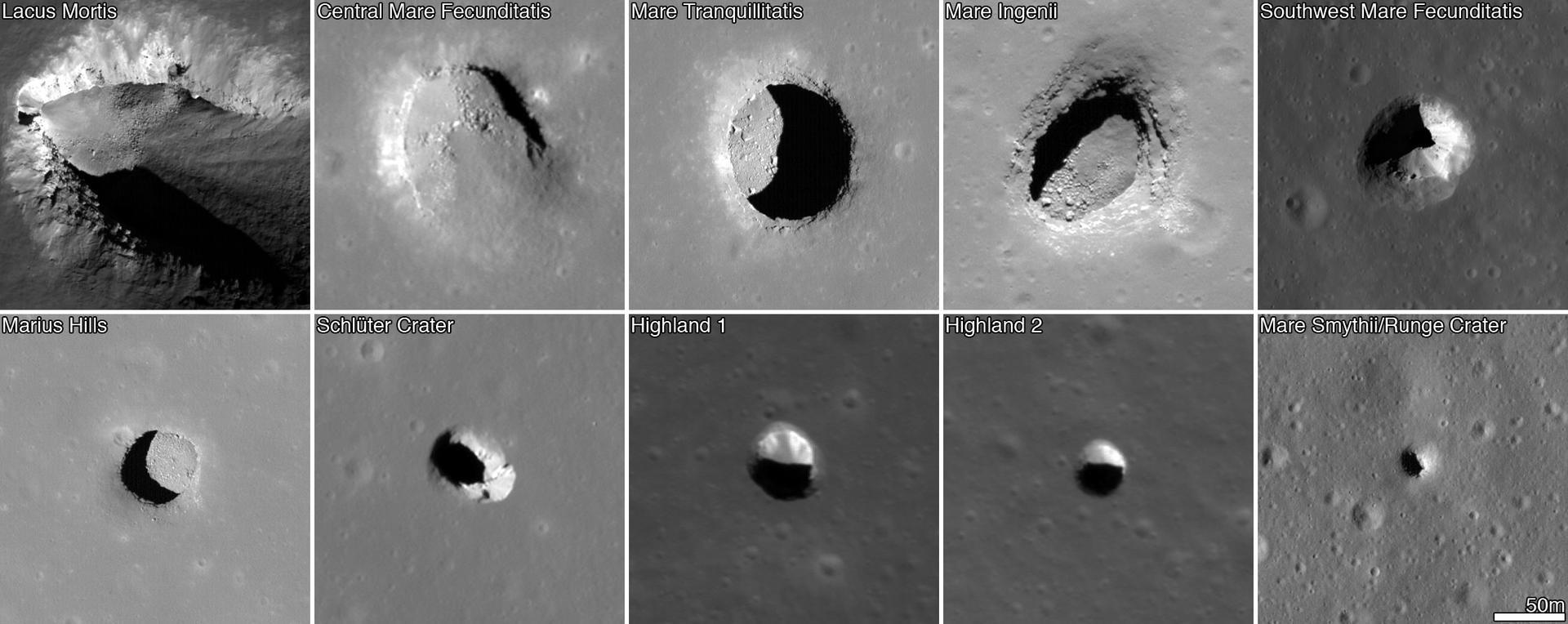
Lava tubes on the moon were discovered through satellite images and lunar missions. These tunnels, made by flowing lava billions of years ago, are long and wide.
They provide ample space for building habitats and remain intact after billions of years.
Stable Temperatures Inside
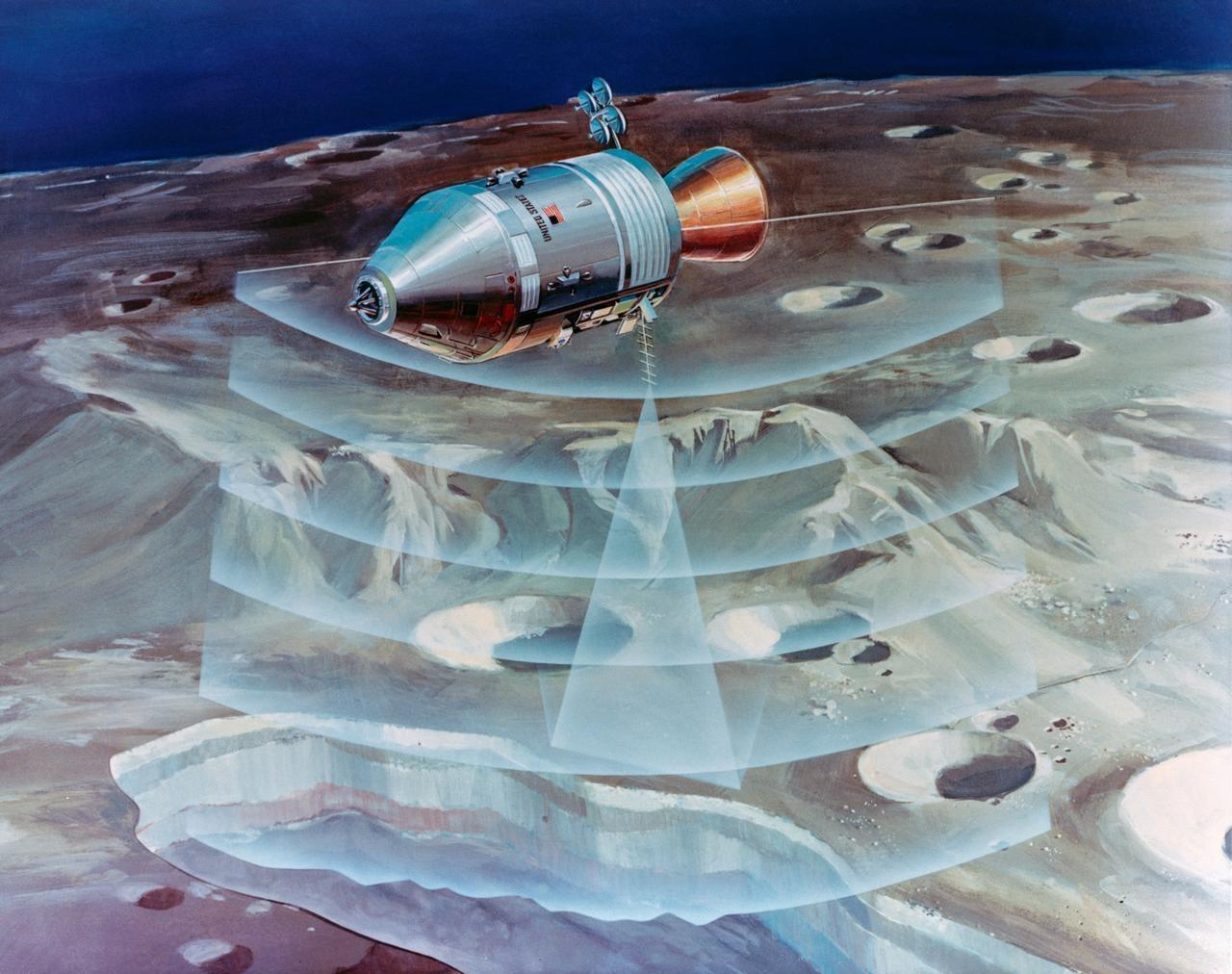
Moon caves maintain a constant temperature of about -20 degrees Celsius. Unlike the moon’s surface, which has extreme temperature swings, these caves offer a stable climate.
This stable environment is crucial for keeping astronauts and equipment safe.
Natural Radiation Shield
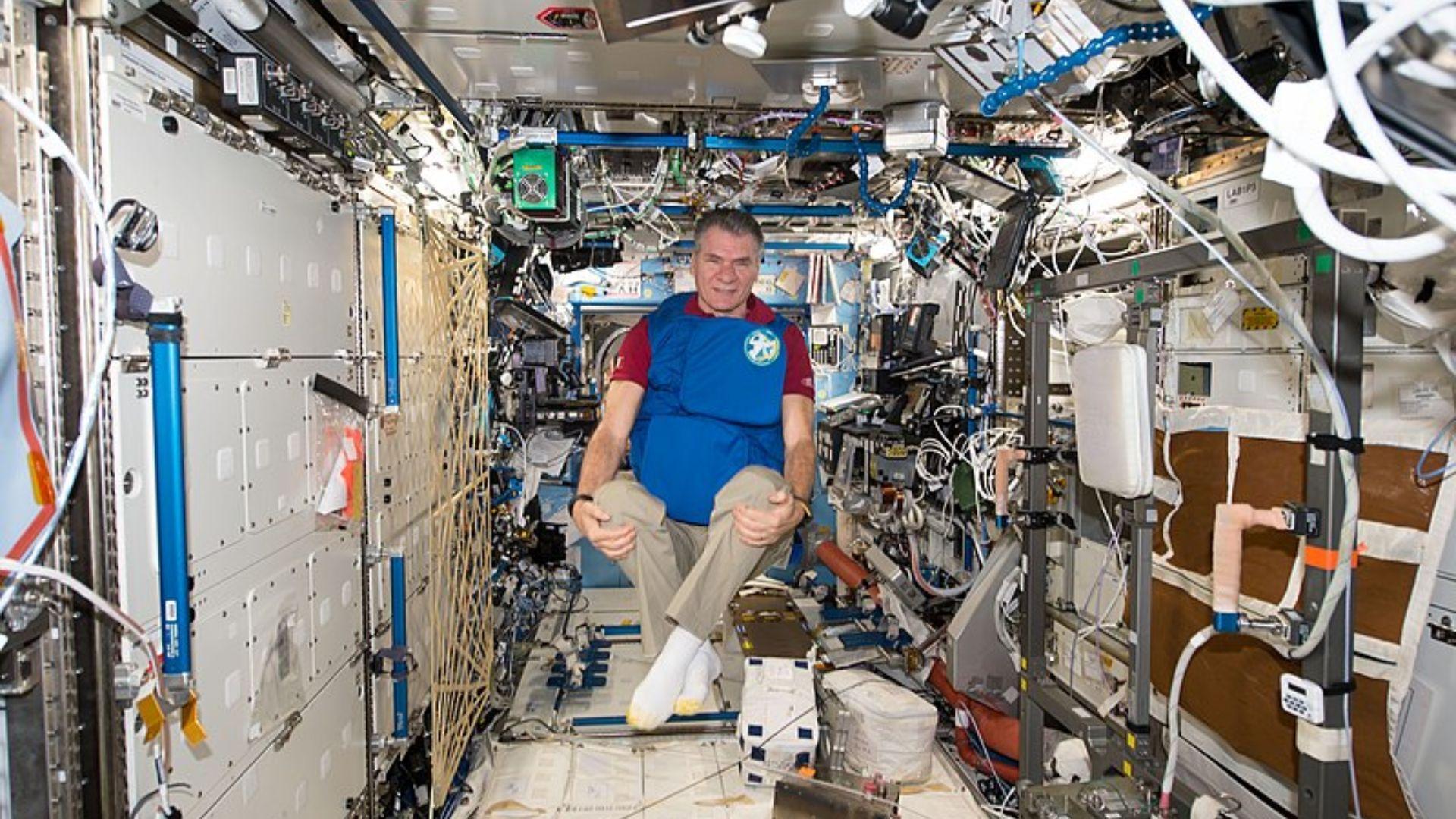
Without an atmosphere, the moon is exposed to harmful cosmic rays and solar radiation. Lava tubes act like natural bunkers, providing much-needed protection for astronauts.
This shielding is vital for long-term lunar missions.
Building In Caves
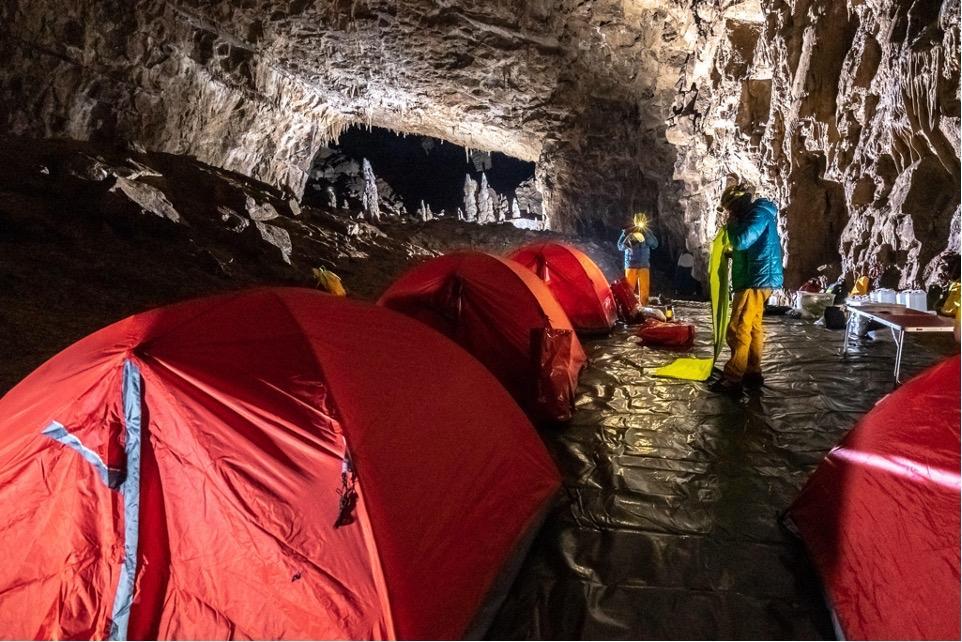
Setting up habitats in these caves has challenges but also big benefits. The solid rock overhead protects from micrometeorites and reduces the need for heavy building materials.
Engineers are designing inflatable habitats that can fit inside these caves.
Exploring the Caves
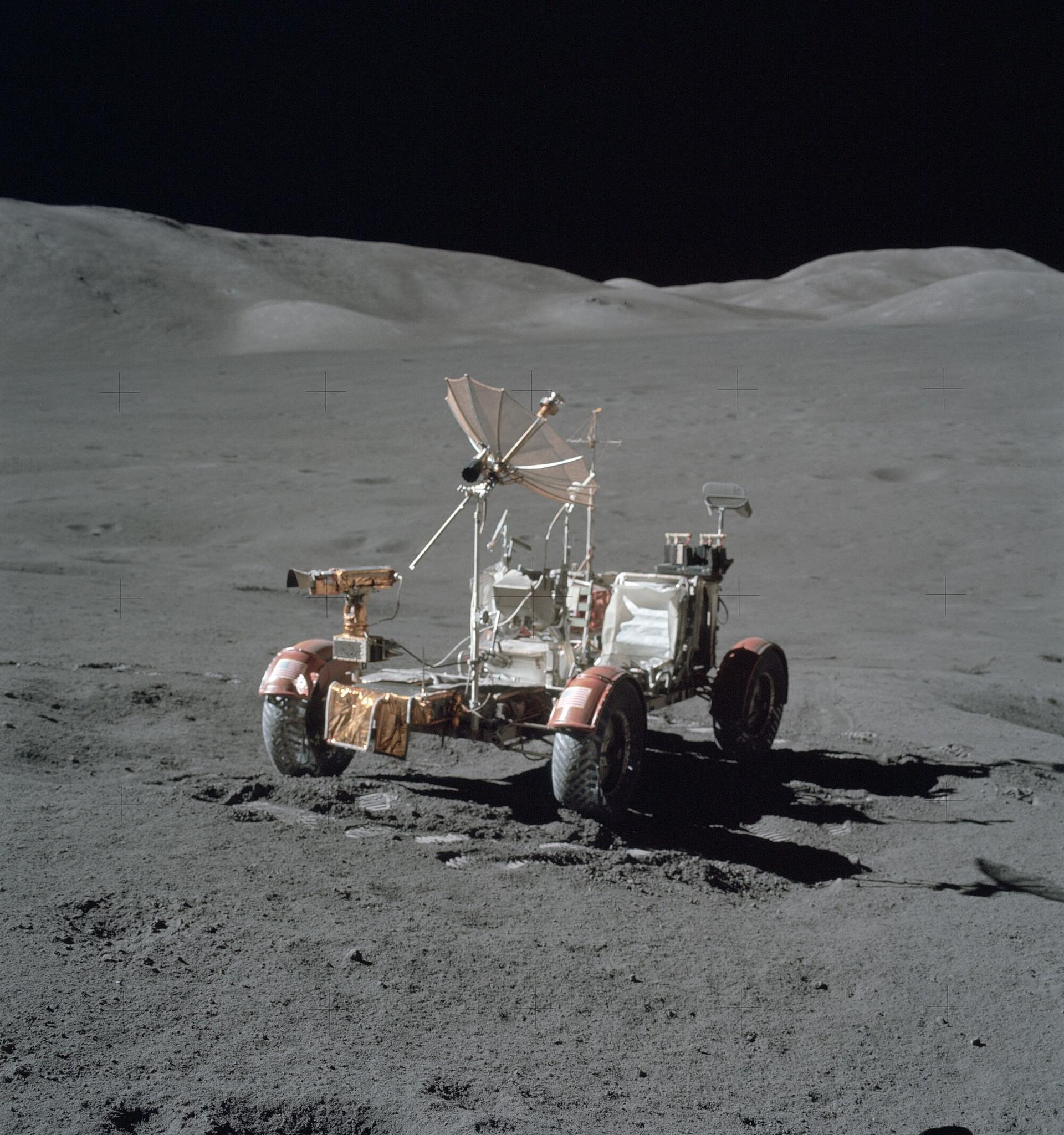
NASA’s Artemis program and other missions aim to explore these moon caves. Robots and drones will map and study the interiors of lava tubes.
These missions will help determine if these caves are suitable for habitats.
Longer Moon Missions
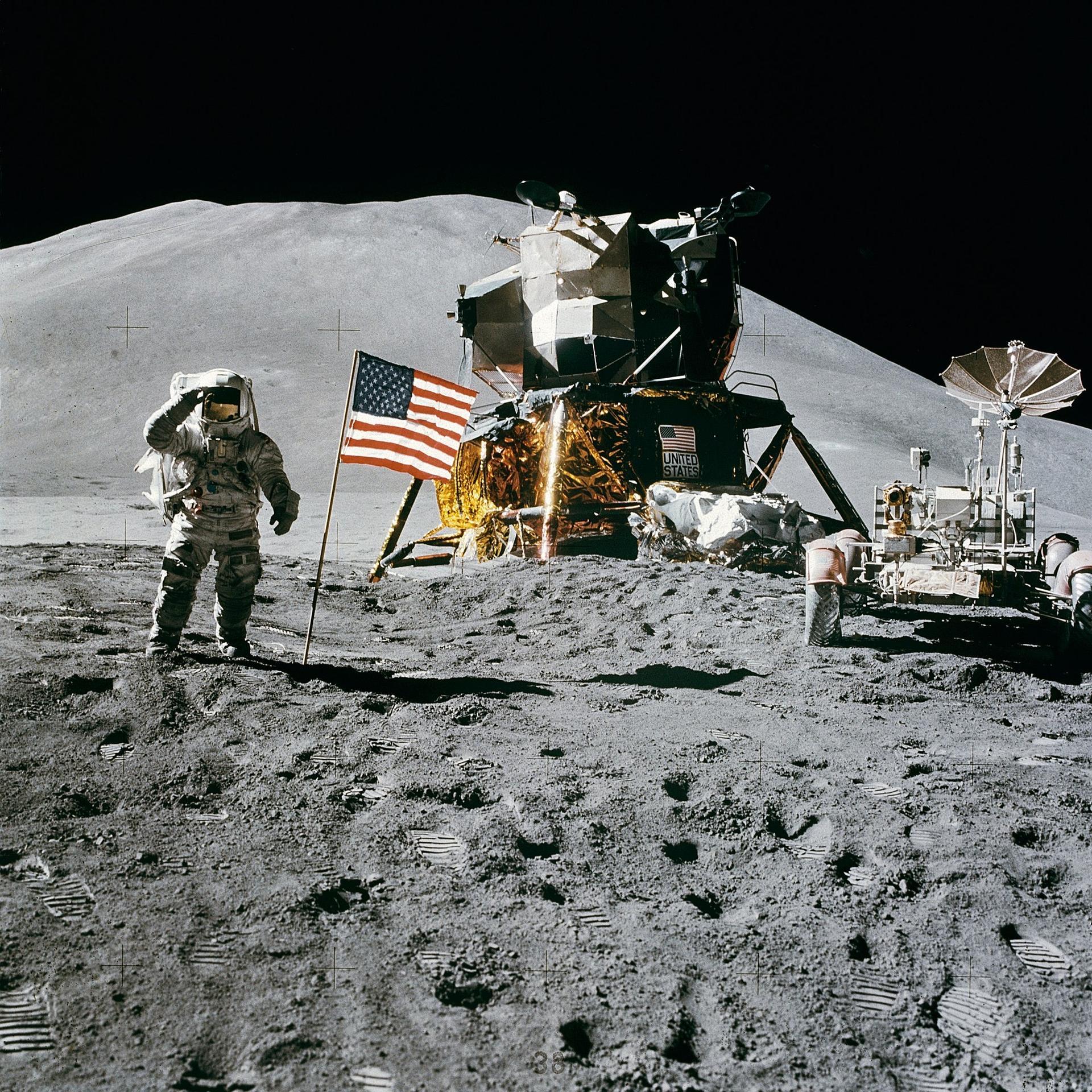
Using lava tubes could enable longer lunar missions. Astronauts could stay on the moon longer, conducting research and preparing for Mars missions.
This could change how we live and work in space.
Teaming Up Internationally
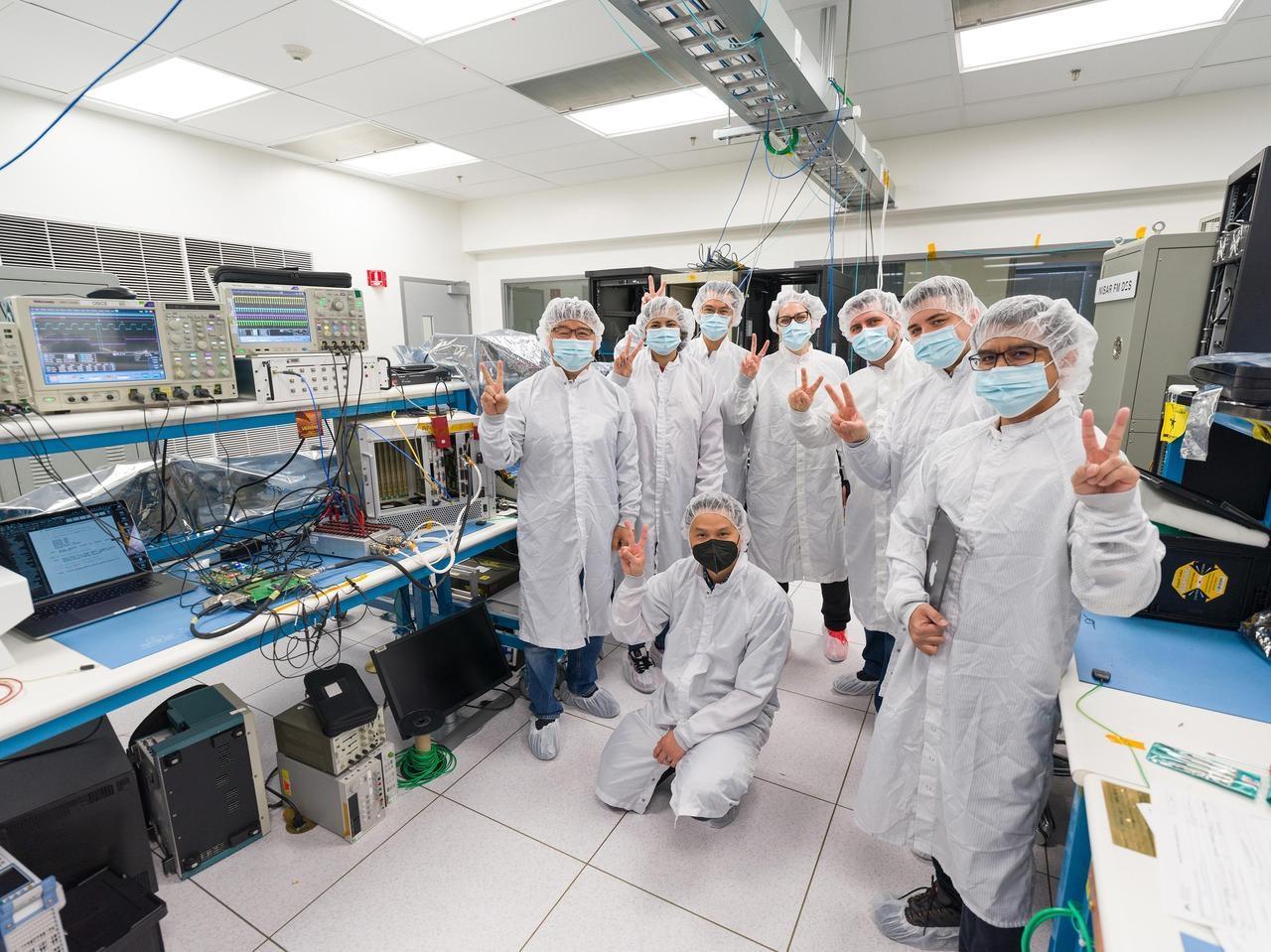
Exploring and using moon caves will require international cooperation. NASA, ESA, and other agencies are working together to plan missions and share technology.
Collaboration can speed up the development of lunar habitats.
Future Uses of Moon Caves
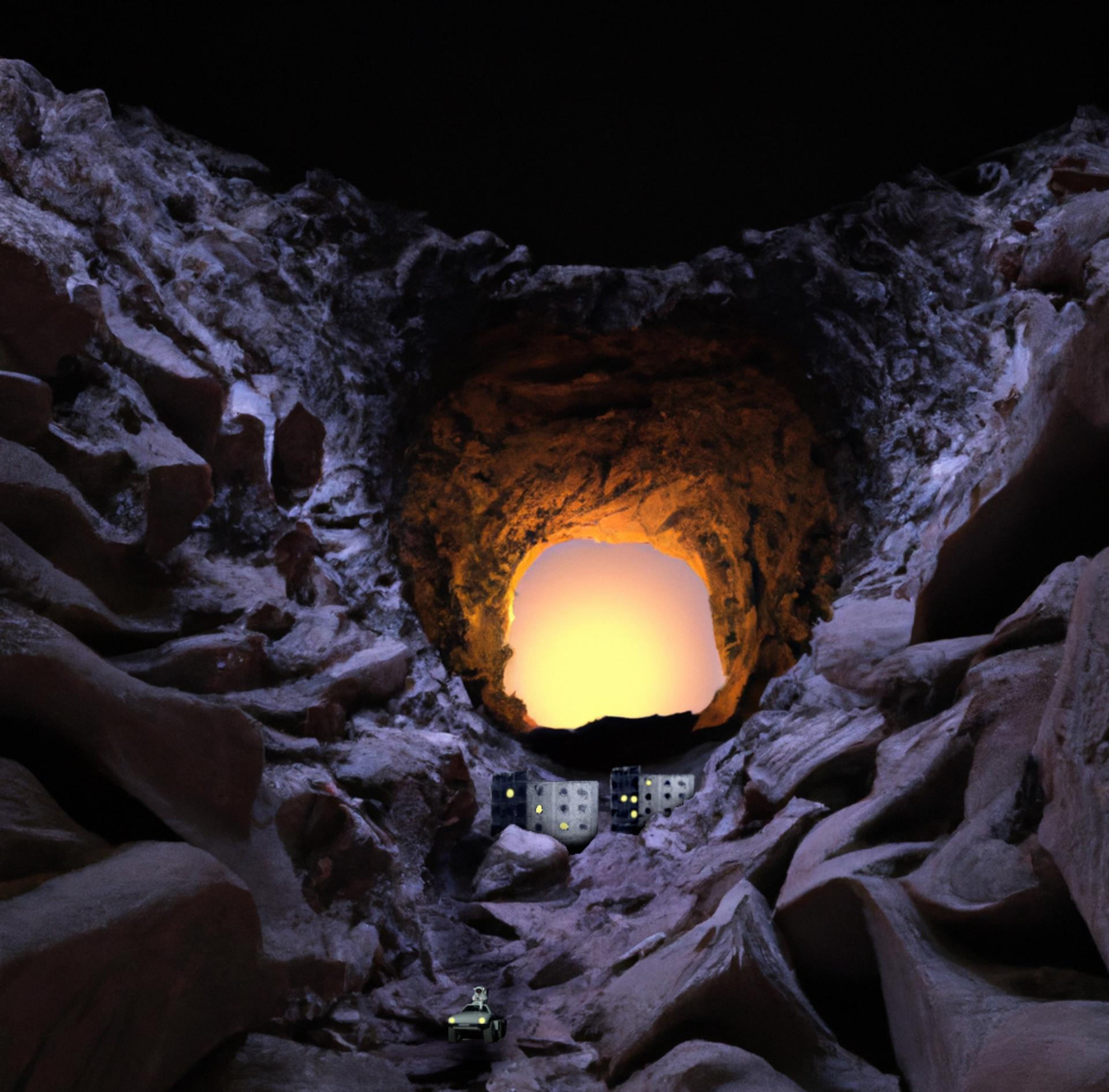
Moon caves could be used for storage, labs, and even growing plants, supporting long-term living on the moon.
These ideas could unlock new ways to explore and use space.
Inspiring Future Scientists
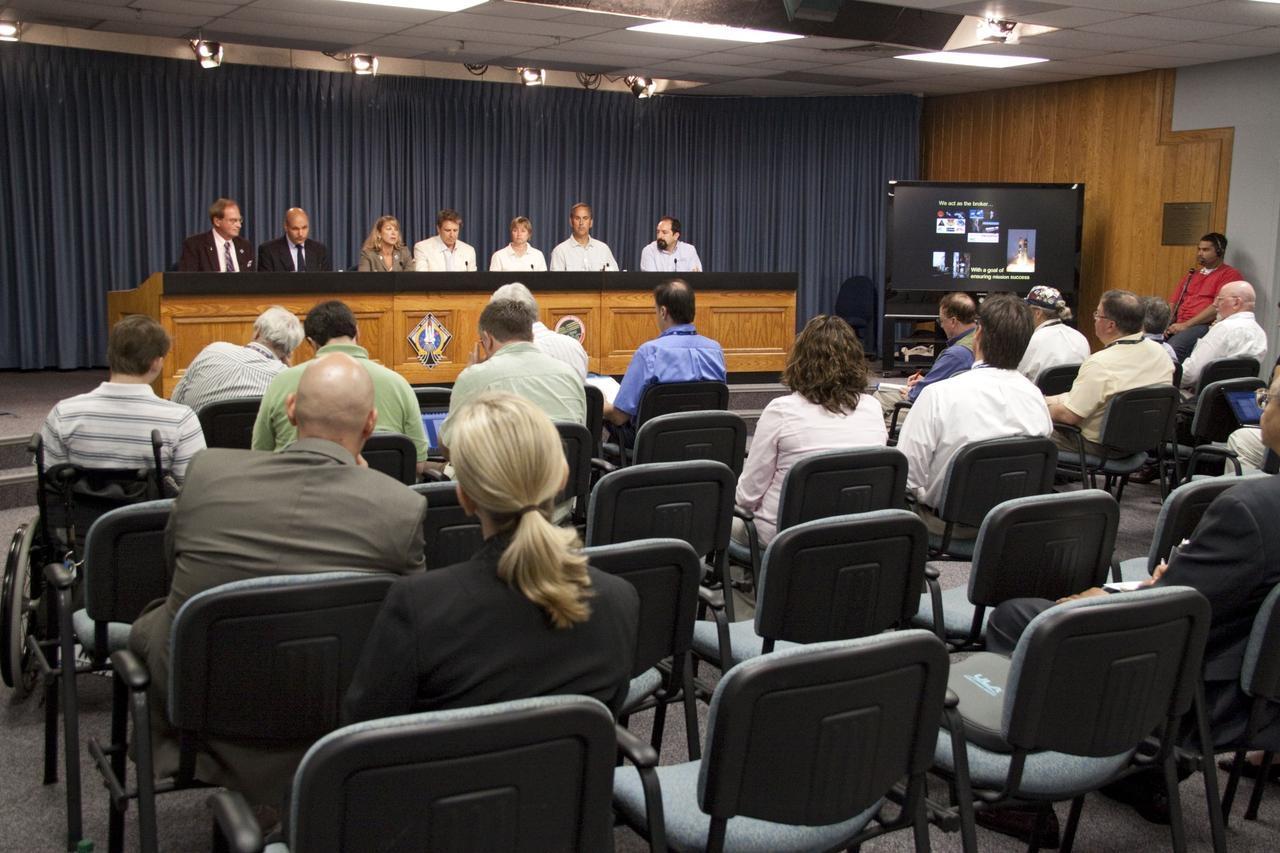
The idea of living in moon caves excites young scientists. It shows that living on the moon is more than a dream; it’s becoming a reality.
This excitement drives new generations to pursue careers in space science and technology.

